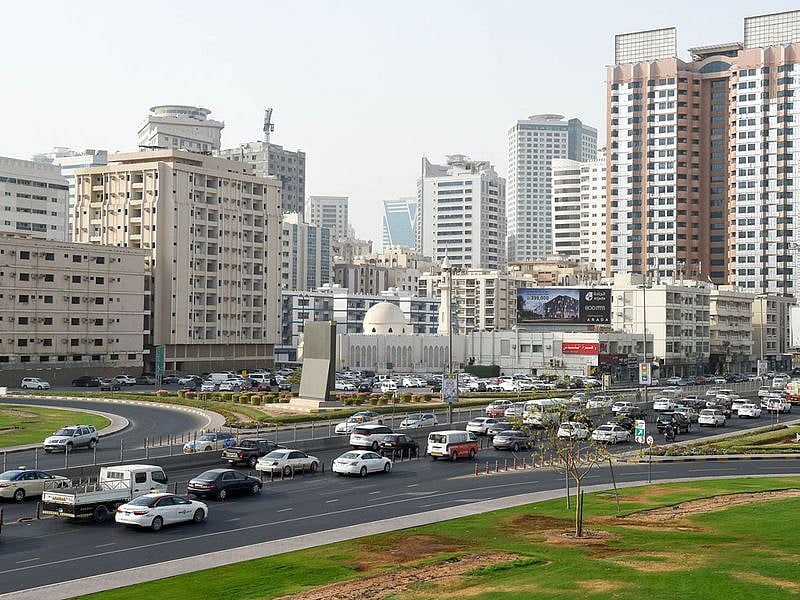Dubai: UAE residents looking for better rental value have several neighbourhoods to consider across Dubai, Sharjah and Abu Dhabi.
The following figures from Property Finder shows where one-bedroom homes are still within reach, which areas are seeing stronger demand, and the communities offering newer buildings at more reasonable prices.
More affordable Dubai communities
While premium districts like Downtown Dubai and Palm Jumeirah continue to command high rents, several neighbourhoods remain attractive for renters who want modern living without high costs:
Jumeirah Village Circle (JVC): Annual rents start around Dh39,600, with many one-bed units in the mid-range.
Dubai South (DWC): One of Dubai’s most affordable newer districts, with units starting around Dh39,999 and averaging at Dh60,000.
Bur Dubai: A long-time favourite for its central location and varied pricing, averages at Dh75,000, with the lowest listing at Dh42,000.
Al Barsha: Offers a mix of older and newer buildings with competitive starting rents of Dh48,000, but now averages at Dh75,000.
These communities appeal to residents looking for new amenities, good layouts and easier access to major roads.
Dubai areas growing in popularity
Several developing neighbourhoods are drawing more renters thanks to new buildings, better value and improving community facilities:
Arjan: Popular with residents seeking newer apartments. Annual rents for one-beds start around Dh50,000, while luxury units push the top tier much higher.
Meydan: Attractive for people wanting central access and modern mid-priced buildings, averaging Dh80,000, but starts at Dh52,000.
Dubai Creek Harbour: With an average around Dh110,000, it appeals to those wanting waterfront living at a lower price than Downtown or Marina areas. The least expensive listing available is at Dh75,000.
These areas continue to grow as new schools, retail and transport options open.
Sharjah still offers savers choice
Sharjah remains the strongest choice for renters prioritising savings:
Muwaileh: One-beds average about Dh35,598 — among the lowest, with the least expensive listing currently at Dh23,000.
Al Majaz: Around Dh34,383 a year, with many waterfront units offering good value, starting at the lower end of Dh26,000-Dh53,000.
Al Nahda: A popular choice for Dubai commuters, averaging about Dh43,000. The cheapest listing now is at Dh23,000 and goes up to Dh120,000.
For many residents, Sharjah offers bigger spaces and lower rents while remaining within reach of Dubai’s main business districts.
Abu Dhabi: Stable rents, big layouts
Abu Dhabi’s most popular communities offer consistent pricing and more generous unit sizes:
Mohammed Bin Zayed City: One-bed homes average Dh47,000, making it one of the emirate’s most accessible areas, with the lowest available listing at Dh33,000, and goes up to Dh70,000.
Khalifa City: Known for its quiet residential setting and mid-range rents around Dh50,000. Prices start at Dh34,000 and goes up to Dh75,000.
Al Reem Island: More premium but still competitive compared to Dubai coastal areas, averaging Dh85,000. Lowest available listing currently is Dh65,000 and goes upto Dh147,000.
These areas are popular with families and long-term residents looking for calm neighbourhoods and larger apartments.
5 takeaways for UAE renters
You can still find affordable, modern one-beds by looking at developing communities like Dubai South, Arjan or Meydan.
Sharjah continues to offer the lowest yearly rents for commuters and families wanting to save.
Abu Dhabi’s key residential districts provide stable pricing and more space for similar budgets.
Renting outside the busiest city centres often brings lower prices and newer buildings.
Checking both the minimum and maximum rents in an area gives a realistic view of what renters can expect.
Sign up for the Daily Briefing
Get the latest news and updates straight to your inbox
Network Links
GN StoreDownload our app
© Al Nisr Publishing LLC 2025. All rights reserved.

